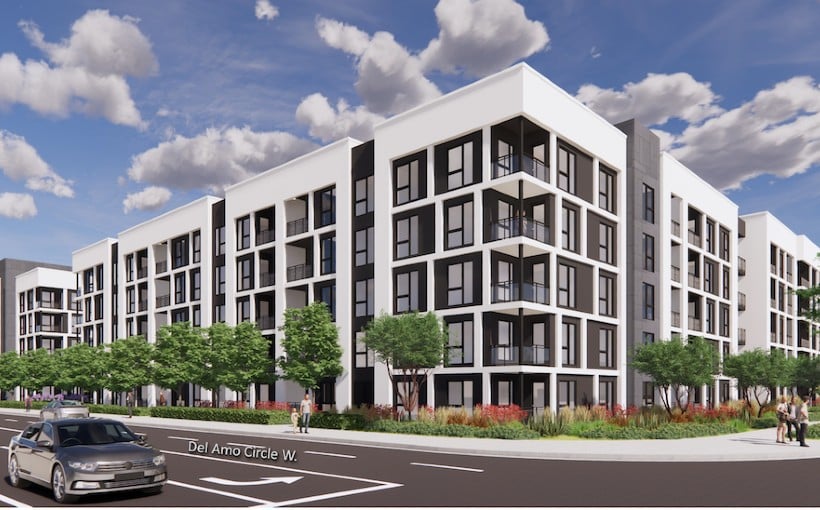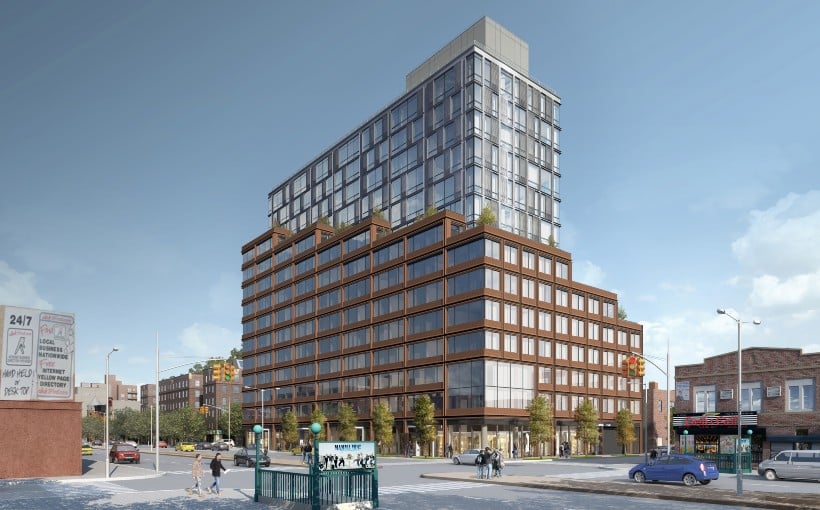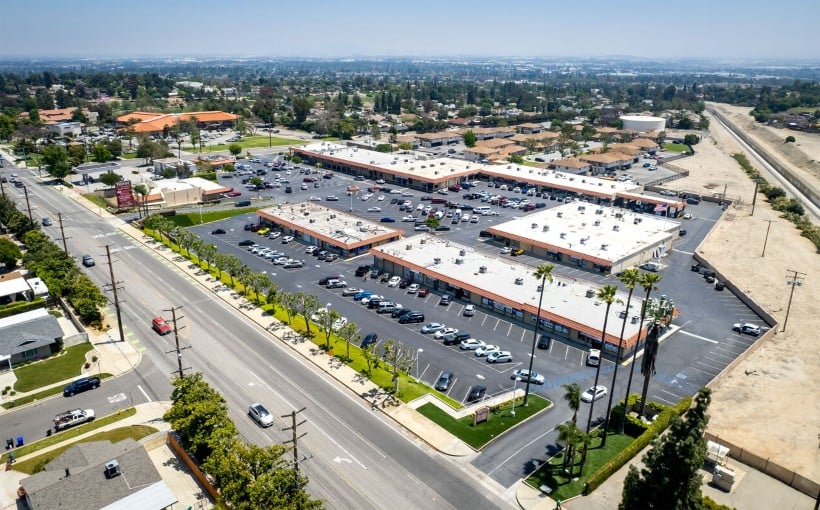According to CBRE, a small percentage of top-tier office properties are experiencing success while the rest of the sector faces challenges due to high interest rates, inflation, and decreased demand caused by hybrid work. These prime buildings make up only 8% of the U.S. office market in terms of square footage and 2% in building count – a more exclusive category than Class A properties which comprise 61% of the market.
In Q1 this year, vacancy rates for prime buildings were significantly lower (14.8%) compared to non-prime buildings (19.3%), with an average rent premium increase from 60% in mid-2018 to 84%. Furthermore, from 2020-2024 there was positive net absorption totaling at least48 million square feet for prime buildings while non-prime spaces saw negative net absorption totaling at least170 million square feet.
Mike Watts,CBRE’s presidentof Americas Investor Leasing,stated that “the widening gap between prime and commodity office space is indicativeof recent commercial and societal changes.” This analysis serves as clear evidence that these gaps continue to grow over time.
One example is SL Green Realty Corp.’s One Vanderbilt locatedin Midtown Manhattan.Picture courtesy: Connect CRE




